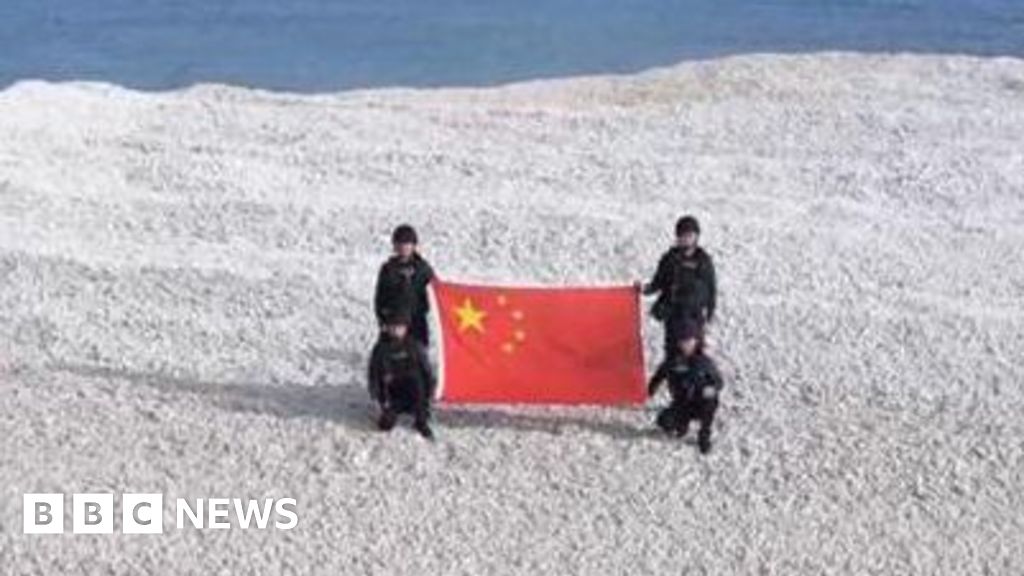Beijing's South China Sea Sandbank Grab: A Growing Source of Regional Tension
China's assertive actions in the South China Sea continue to escalate, with the recent focus shifting to the creation of artificial islands and the expansion of existing features. This article examines the strategic implications of Beijing's "sandbank grab," the concerns it raises among neighboring countries, and the potential for further regional instability.
Beijing's Strategy: Expanding Influence in the South China Sea
China's claim to almost the entirety of the South China Sea, encompassing vital shipping lanes and potentially vast reserves of oil and gas, has been a long-standing source of friction. The construction of artificial islands, particularly the reclamation and expansion of sandbanks, forms a key part of Beijing's strategy to solidify this claim. This isn't merely about land reclamation; it's about projecting power, establishing military bases, and asserting control over crucial resources and maritime routes.
Key Sandbank Developments:
Several sandbanks have seen significant expansion in recent years. These include, but are not limited to:
- Fiery Cross Reef: This feature has been transformed into a fully functional island with a runway long enough to accommodate military aircraft, further strengthening China's military presence in the region.
- Subi Reef: Similarly, Subi Reef has undergone substantial development, boasting port facilities and other infrastructure capable of supporting large-scale military operations.
- Mischief Reef: This sandbank, already occupied by China, has also seen further expansion, enhancing its strategic value.
International Concerns and Condemnations:
China's actions have drawn widespread international condemnation. Neighboring countries with overlapping claims, including Vietnam, the Philippines, Malaysia, Brunei, and Taiwan, view these activities as a violation of international law, specifically the United Nations Convention on the Law of the Sea (UNCLOS). These countries have voiced their concerns through diplomatic channels and international forums. The United States, a major regional player, has also expressed strong opposition, conducting freedom of navigation operations to challenge China's claims.
Environmental Impact:
Beyond the geopolitical implications, the large-scale dredging and construction activities associated with these sandbank expansions have raised significant environmental concerns. The destruction of coral reefs, disruption of marine ecosystems, and the potential for long-term ecological damage have been highlighted by environmental groups and scientists.
The Future Outlook: Increased Tensions and Uncertainty
The ongoing expansion of sandbanks in the South China Sea is unlikely to de-escalate tensions. The potential for miscalculation, accidental clashes, and further escalation remains high. International pressure to adhere to international law and the UNCLOS is crucial to mitigating this risk. However, China's continued pursuit of its strategic objectives suggests a prolonged period of uncertainty and heightened regional tension.
What This Means for the Global Community:
The South China Sea dispute is not just a regional issue; it has global implications. The freedom of navigation, the stability of the Indo-Pacific region, and the enforcement of international law are all at stake. The international community must continue to engage with China and promote peaceful resolution through diplomatic means, while maintaining a strong stance against unilateral actions that undermine international norms.
Call to Action: Stay informed about developments in the South China Sea. Support organizations advocating for peaceful resolution and adherence to international law. The future stability of the region depends on it.

